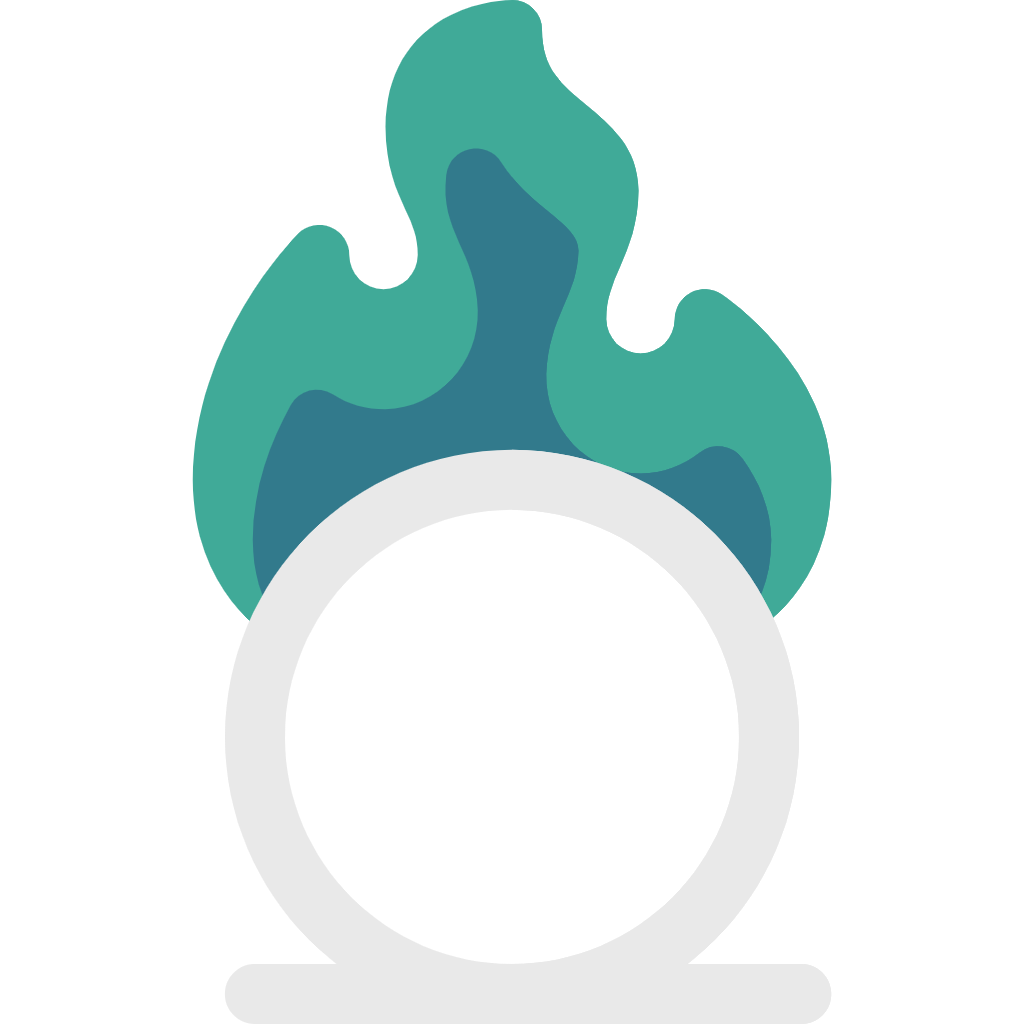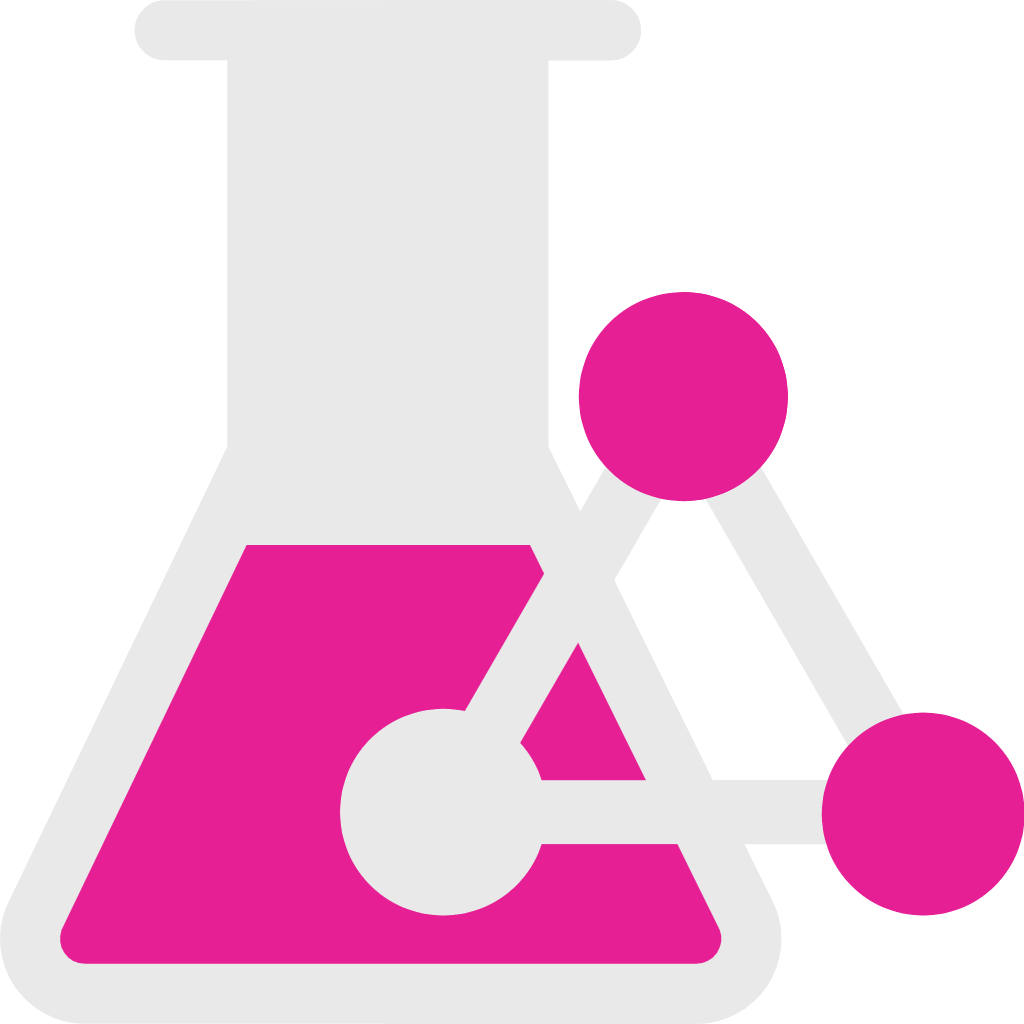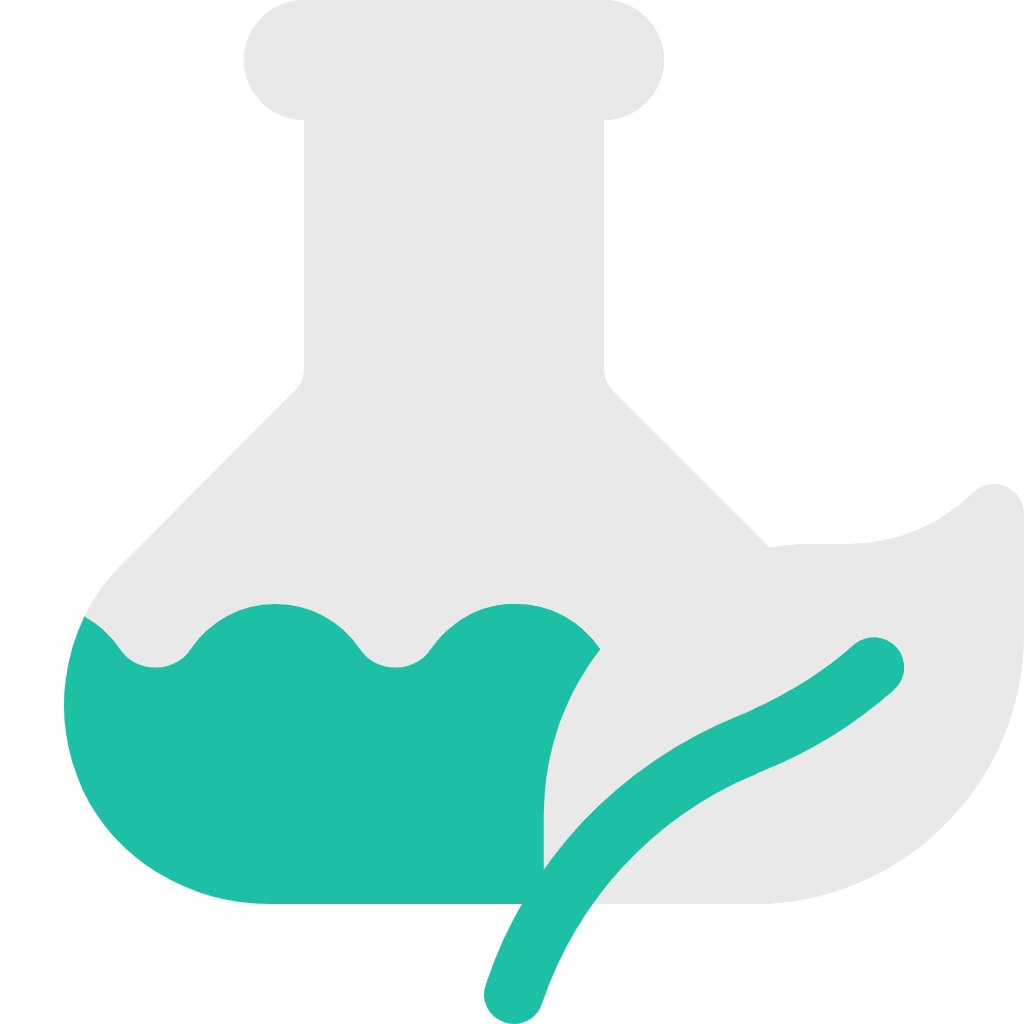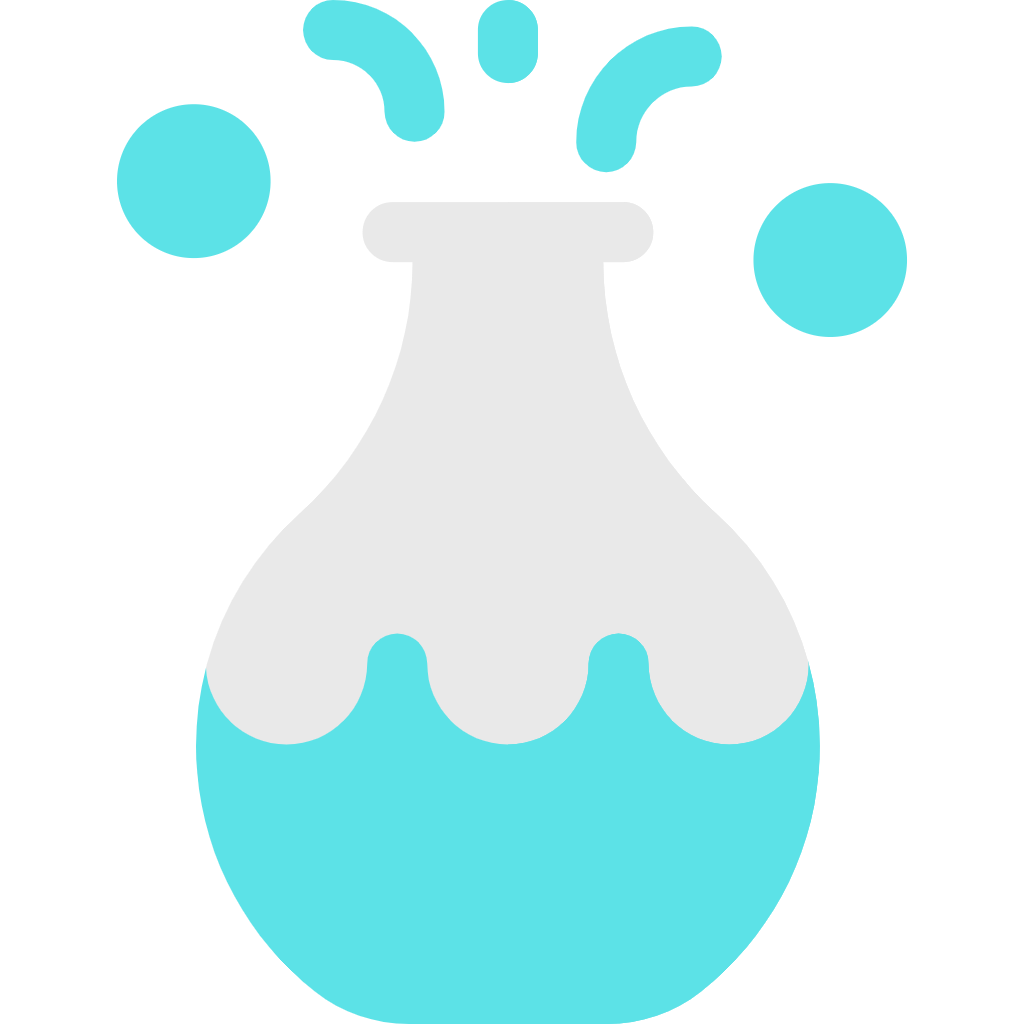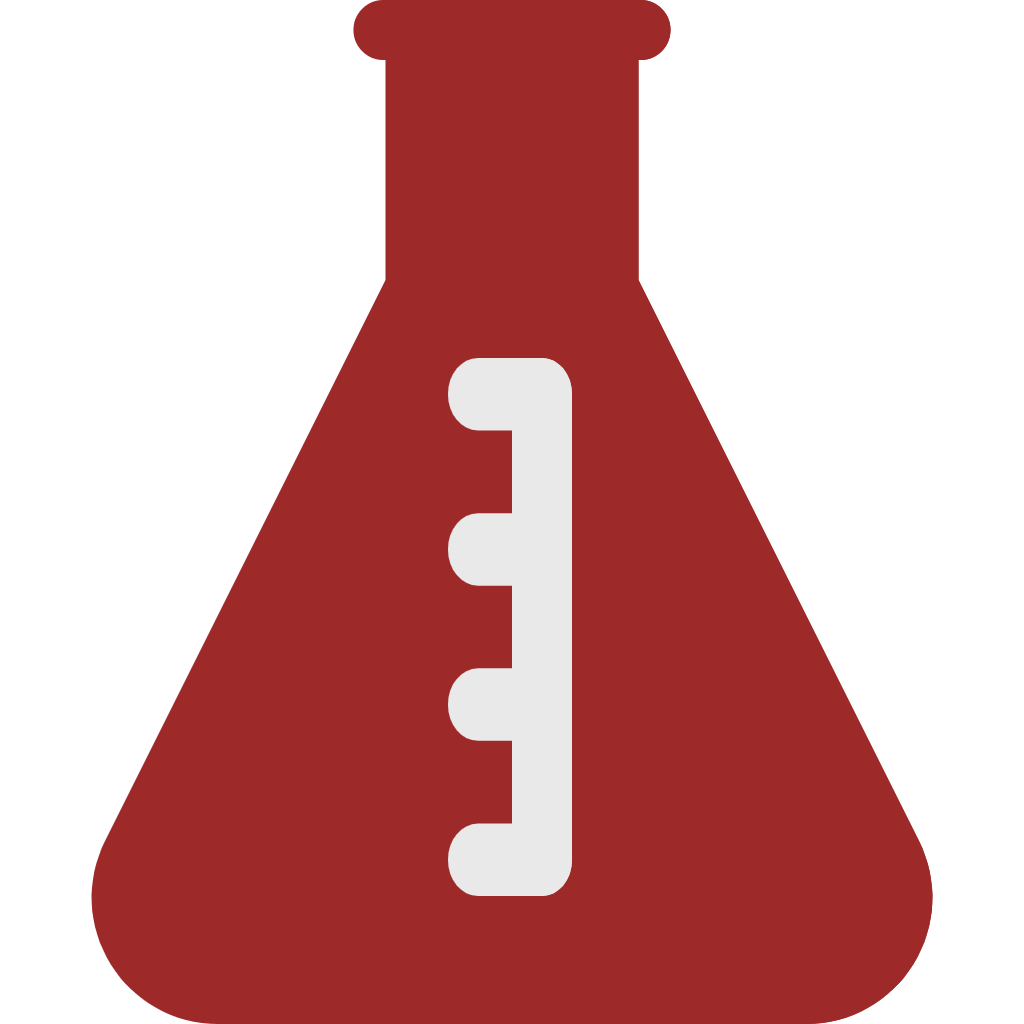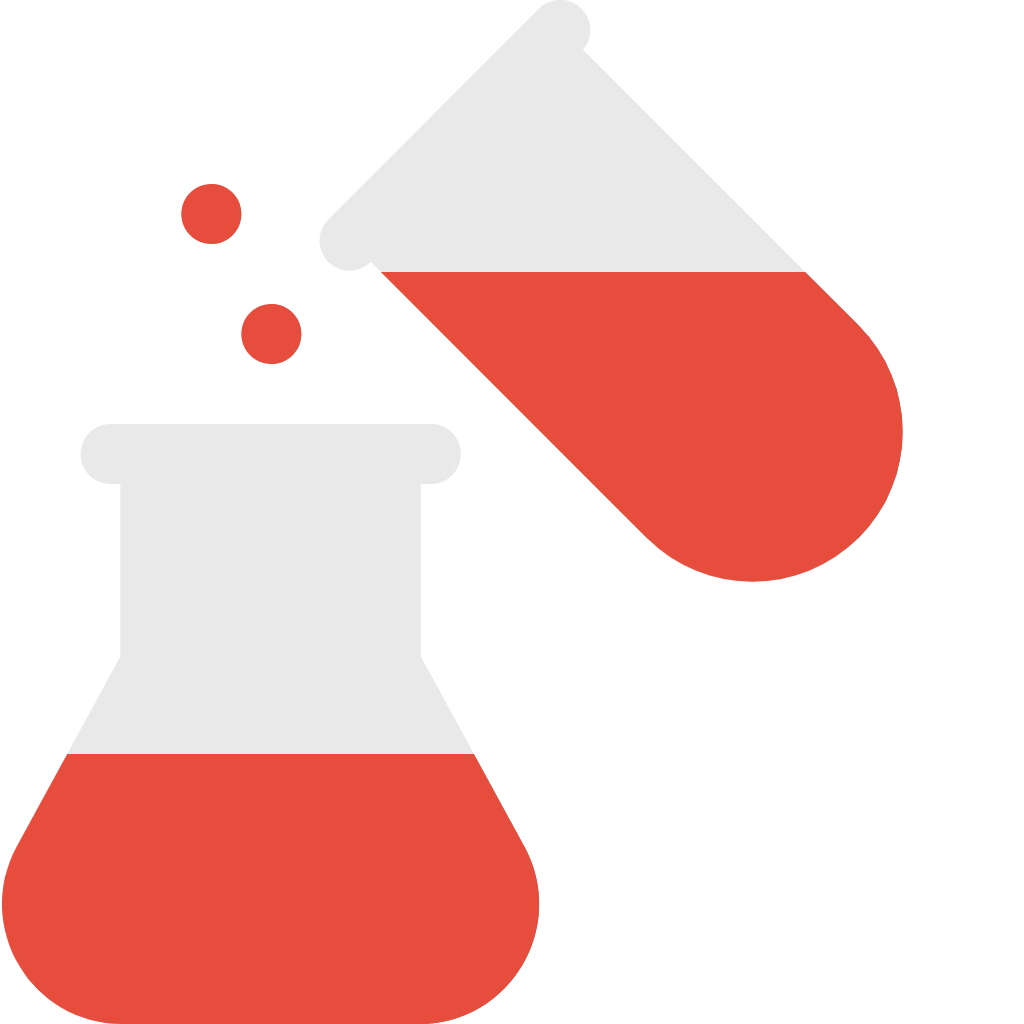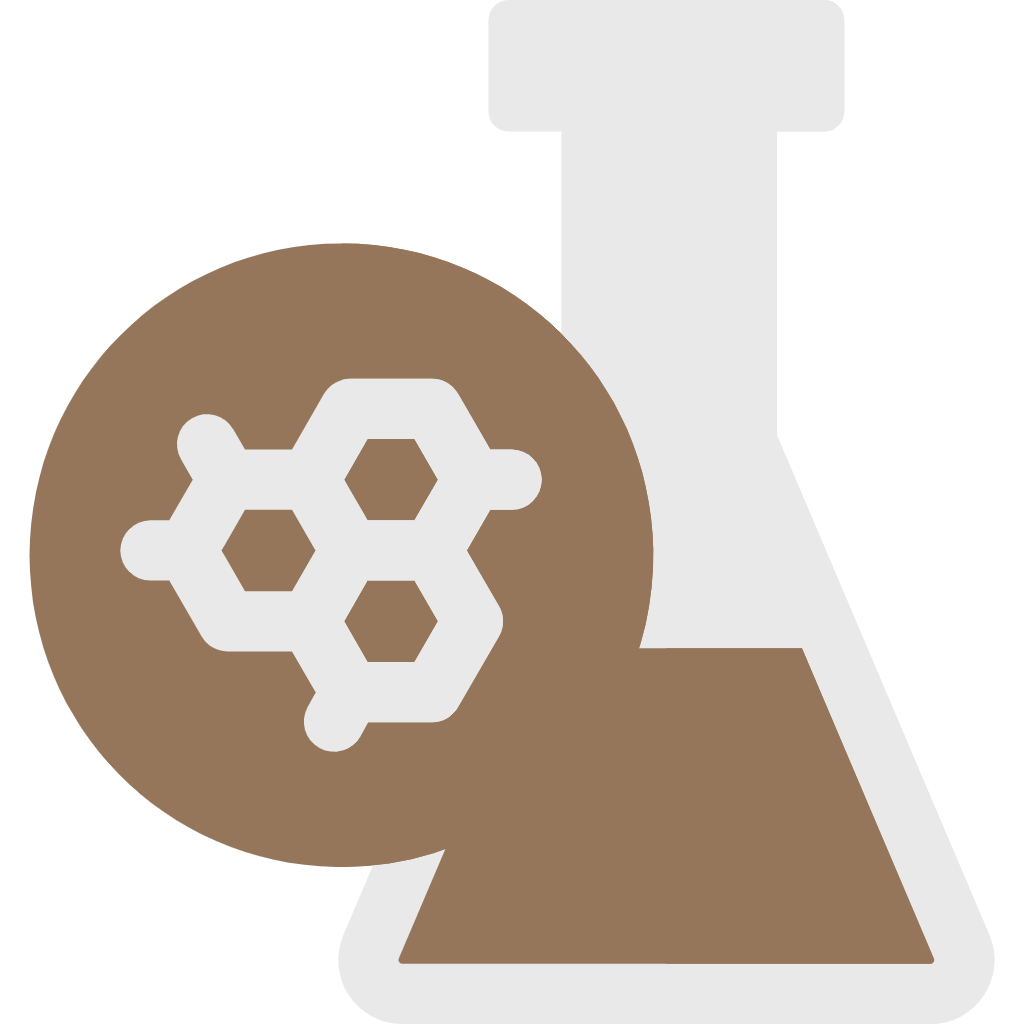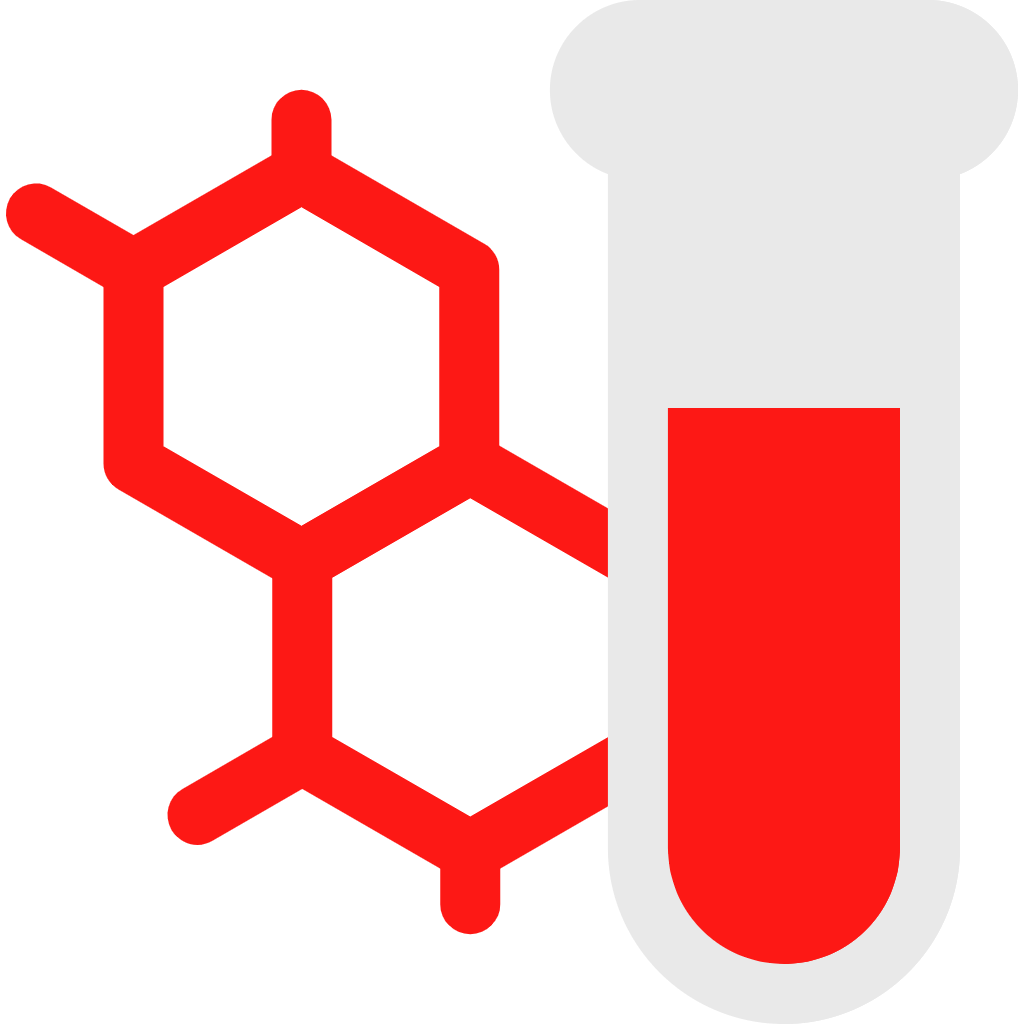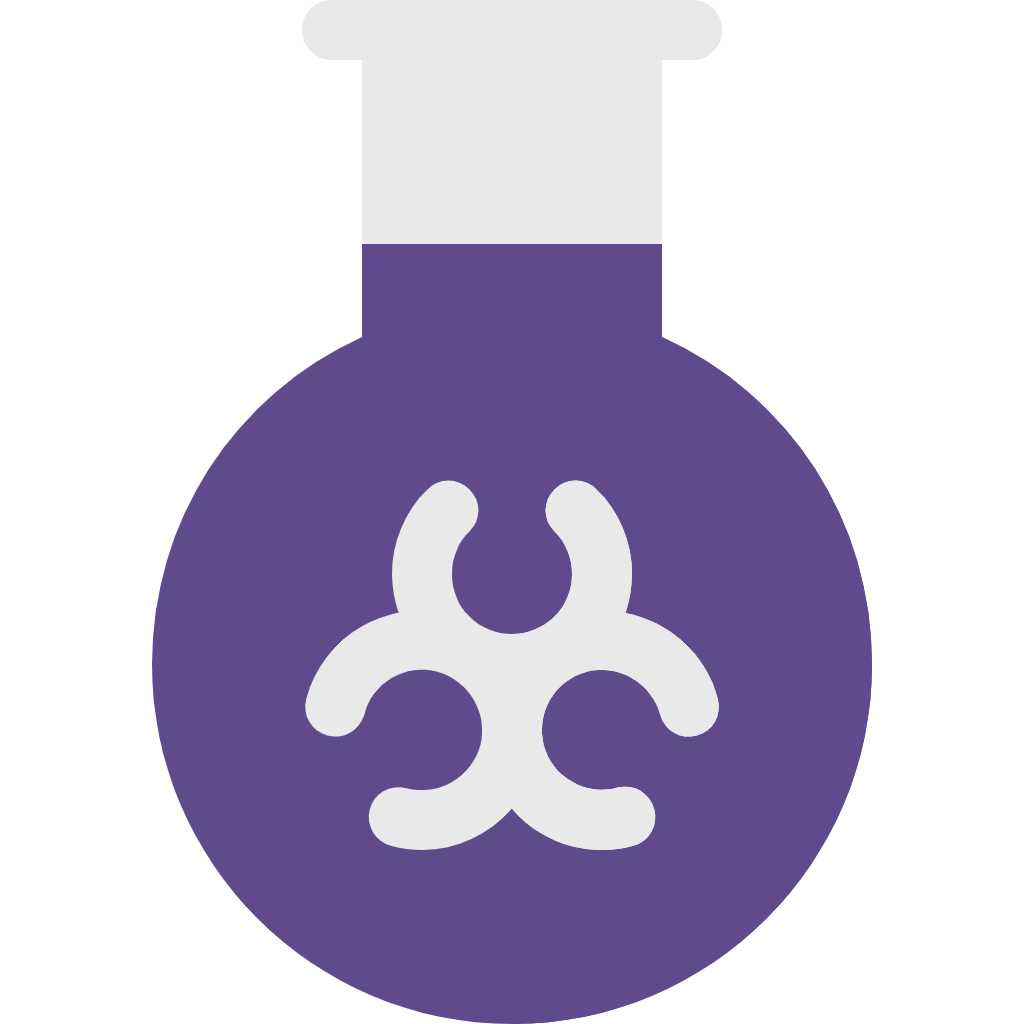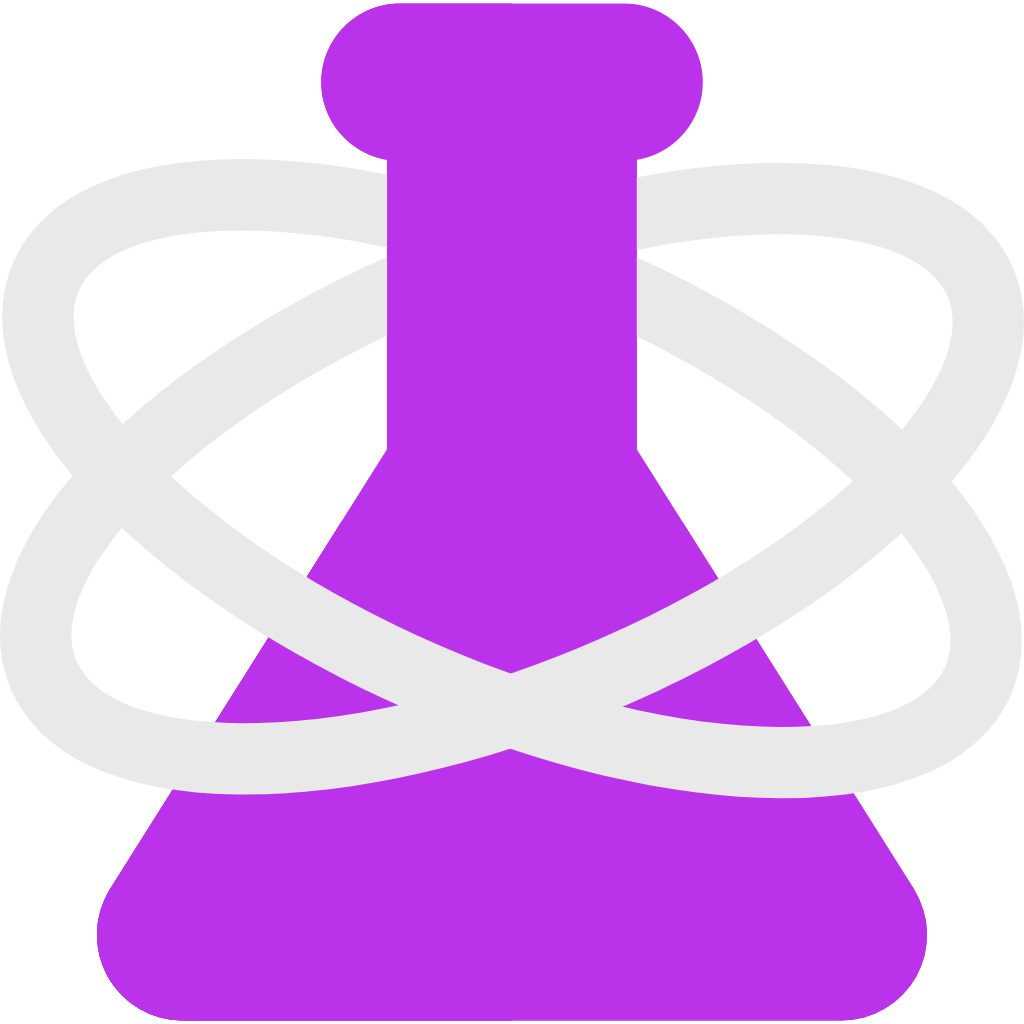What is a Liters to Moles Calculator?
The liters to moles conversion calculator is a beneficial tool in the field of chemistry as it helps us to convert the liters of a solution to moles. Having a calculator for such conversion makes your calculations easy so our liters to moles solver is here to help. Our calculator will not only give you accurate results but also explain each step.

What is liter and mole?
A liter is a unit to measure the volume of liquids. For example, 1 liter of water. On the other hand, A mole is a determining unit for many molecules, compounds, or atoms. 6.02 * 10^23 atoms, molecules, or compounds form one mole. Using it is more efficient than utilizing other units.
If the substance is in grams and you want to convert it in moles then feel free to use our calculator grams to moles.
The formula used by liters to moles calculator:
The molar volume of a gas is utilized for converting liters to moles (and vice versa) under particular conditions, typically at standard temperature and pressure (STP). The molar volume is about 22.4 liters/mol at STP. The formula used by the liter to mol converter is,
No. of moles = Volume / Molar volume at STP
Note that such conversion is just significant for circumstances when the molar volume is 22.4 liters/mol, such as at STP (0 degrees Celsius and 1 atmospheric pressure). Remember to utilize constant units.
Suggested: Use our calculator atomic mass to know the atomic mass of different elements in the solution.
Why are liters to moles conversion important?
In chemistry, converting from liters to moles is important as it helps scientists link a gas's volume to the quantity of a substance that is present in the substance. When dealing with gasses under specific situations, such as standard temperature and pressure (STP) or any specific situations, this conversion is particularly essential.
If the volume in liters is known to you but want to know the number of moles you can utilize the molar volume concept at STP (Standard temperature and pressure), where in any ideal gas one mole occupies a volume of 22.4 liters.
Related: To determine the molar mass use our finder for molar mass to have smooth calculations.
Calculating liters to moles:
Our liters to moles calculator uses the conversion formula. It automatically makes conversions by knowing the liters that you write and then dividing it by 1 mole which is equal to 22.4 liters. You get provided with your results. We'll provide you with some examples to help you understand the calculations.
Example 1:
Various metals react with acid to produce hydrogen gas. A particular reaction produces 86.5L of hydrogen gas at STP. How many moles of hydrogen gas were produced as a result of this reaction?
Solution:
The volume of Hydrogen gas known = 86.5L
Molar Volume = 22.4 L
By applying the formula of liters to moles conversion,
86.5/22.4 = 3.86 mol of Hydrogen (H2)
Example 2:
Determine the number of moles present in liters of nitrogen. The volume of nitrogen is 111.1 L?
Solution:
The volume of nitrogen gas known = 111.1 L
Molar volume = 22.4L
By applying the formula to known data,
111.1/22.4 = 4.96 mol
So, 4.96 moles of nitrogen are present.
To get the ratio of moles of nitrogen or other substances utilize our solver for mole fraction.
Convert liters to moles for liquid using liters to moles solver:
Here are some steps that explain how to convert liters to moles for liquids,
- To determine the mass, multiply the volume by the density.
- To calculate the total number of moles, divide the mass by the molar mass.
If it's a solution then multiply the molarity of the solution by the volume in liters. If the molarity of the solution is unknown and you want to find the molarity of the solution then you can utilize our molarity formula calculator.
How to find an online liter to mol converter:
To find an online calculator converting liters to moles, open your browser and use the search bar. Following this, enter "liters to moles calculator" into a search browser. There's sure to be a lengthy calculator line. To calculate your query some of them can ask for payment so, you can choose our liters to moles conversion calculator. We'll guide you thoroughly in using the liters to moles solver as you have one.
How our liters to moles conversion calculator works?
Our liters to moles calculator is now available to you. It's simple to use so you'll get easy with it. You'll type the volume in the input section. For example, there is hydrogen gas or a liquid whose volume is known and you want to convert it into moles. You will enter the volume in the input section. To initiate the calculations you have to click on the “calculate” button as our calculator has that. Our liter to mol converter will automatically calculate and give you an accurate result.
Concluding the liters to moles calculator
To summarize, converting liters to moles is important or a process can be disturbed. Sometimes it can be challenging to convert out a volume of gas or liquids, but our liters to moles conversion calculator can help you. You may utilize our step-by-step liters to moles solver as a helpful tool for your essential conversions.


